Final Fantasy XII The Zodiac Age can most aptly be described as the modernization of a game which, in its day, was a modernization of the classic Final Fantasy formula. Introduced in 2006, Final Fantasy XII came out to rave reviews, receiving critical appraise for its story and gameplay features such as the license grid, gambits and enhanced ATB system. However, with all the things Square Enix did right with the game, there were some that weren’t as successful so it set out to fix that in 2007 with the release of the Japan-exclusive International Zodiac Job System (IZJS). The re-release refined much of what made Final Fantasy XII great by adding new features such as jobs, Trial Mode and New Game+, while readjusting preexisting ones such as treasure chests, magick and item/equipment parameters. Now, in 2017, Square Enix has released Final Fantasy XII The Zodiac Age, which serves as remaster of IZJS.
The game follows the journey of Vaan and his (mostly) unlikely allies as they work to free the Kingdom of Dalmasca from the clutches of the Archadean Empire. Part of what makes this story so intriguing is that while all of the characters have something to gain by defeating Archadean Empire, the fact that any of them even met at all was a simple matter of circumstance. Vaan is a war orphan from Rabanastre who holds a grudge against the Empire, Penelo is Vaan’s childhood friend who constantly tries to keep him out of trouble, Balthier and Fran are sky pirates, Basch is a disgraced knight and Ashe is a princess. These six characters would have never met each other under normal circumstances and part of what makes each of them enjoyable is seeing how their personal stories have a place in the overall story. It’s not the best, but there are far worse and its easy enough to follow.
At the time of its release, what helped set apart from Final Fantasy XII from older entries was the battle system. Final Fantasy XII retained the quintessential ATB system, but placed all the action on a 3D plane. For the first time in a FF title, players were able to actually see all their enemies on the screen and fight them in real-time, making them experience similar to an MMORPG. However, what truly made Final Fantasy XII memorable was the Gambit System. While players could still control their party directly, the way fights worked made doing so incredibly inefficient. To combat this, players could give each of their characters Gambits which allowed them to gain a limited level of A.I. and take actions based on the conditions of the battle based on priorities set by the player. For example, players could make it so that a character would automatically heal an ally once they reach a certain health percentage. However, depending on where that Gambit is placed relative to others, that character could either heal said ally in the middle of battle or afterwards.

Everything is still intact in TZA, but there are plenty of changes, some obvious, others not so much.
Right off the bat, two of the things returning players will notice will be the improved graphics and sound quality. On the graphical side of things, Square Enix was sure to squeeze every last bit of power that the PlayStation 4 offers to improve TZA’s visual presentation, and now essentially everything is presented in high-resolution as a result. The character models, menu screens, FMVs, backgrounds and even 2D fixtures like the text has received the HD treatment. The character models are especially worth mentioning, as Square Enix went one step further with those by incorporating more realistic clothing fabrics and current generation visual expressions for each of them. The audio has also received similar treatment, as the game now features 7.1ch surround and high-quality voice support. One thing in particular that players will be sure to recognize is the newly-recorded dialogue, as well as the soundtrack using a live orchestra. Not only that, but some familiar themes have been rearranged and certain locations have entirely new themes. Of course, if the new themes don’t fit their fancy, then players have the option of changing between each soundtrack in the menu. Lastly, as an added bonus for the hardcore crowd, the game features dual audio, so players can switch between English and Japanese voice acting at will.
One of the greatest tragedies in the original FFXII was that there were so many interesting aspects outside of the gameplay to appreciate — such as the architecture of various buildings and ruins or the world’s lore — but the visual and audio deficiencies of the title prevented players from being able to experience them entirely. With these updates, players will now be able to fully appreciate Ivalice and its wide range of denizens in full.
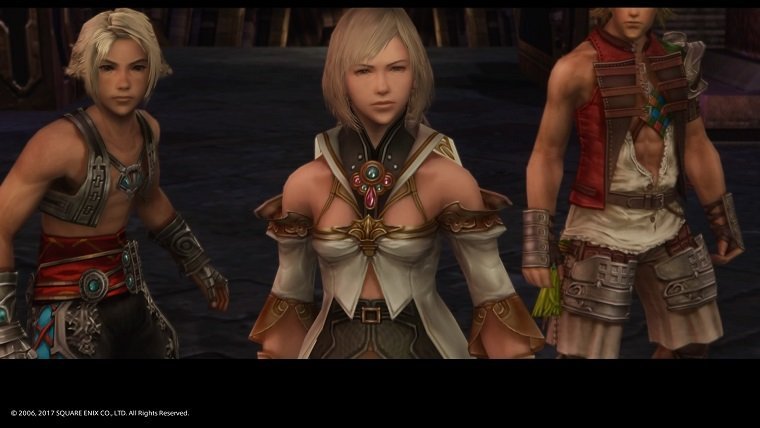
While the visual and audio upgrades already set The Zodiac Age far apart from its predecessors, the gameplay is where players will truly come to understand just how much work SE put into this remaster. TZA won’t feel wholly new for those who have played IZJS, but this will feel like an entirely new game for everyone else. First among these gameplay changes are the various quality of life updates which Square Enix has been calling attention to over the past few months: autosave, a transparent map overlay and high speed mode.
The autosave function does exactly what it exactly sounds like: it automatically saves your game at various intervals. In this instance, that interval is whenever you move between screens in a specific zone or move between zones. At first this might sound problematic as many modern games have autosave features that disrupt gameplay in some fashion, but SE was prudent enough to have the autosave occur while the game is loading the next screen. When you combine the simultaneous autosave/load function with the TZA’s shortened load times, you’re getting a process that takes five seconds to complete at most.
The transparent map overlay essentially allows players to view a second mini-map whenever they hit L3. This feature not only allows players to see where they are in a specific area in real-time, but also to assess where they are in the zone as a whole since the overlay displays the map of the entire zone. Though useful, the map overlay does have its share of flaws. First off, you can’t bring up the map when you’re fleeing, yet you’re able to see the map fully if you happen to have it open before you flee. Of course, you might consider just having the map open at all times, but that simply isn’t viable 100 percent of the time. Remember when I said that the overlay displays the map for the whole zone? Well, this isn’t an issue in early areas like the Giza Plains which is small overall, but it becomes a problem in later zones like the Tchita Uplands which possesses many large areas. With zones like that, the overlay can actually cover a good portion of the screen and reduce visibility, creating an odd situation where the overlay can potentially become less helpful in situations where you might need it most. That said, you can actually cheese certain zones with it…
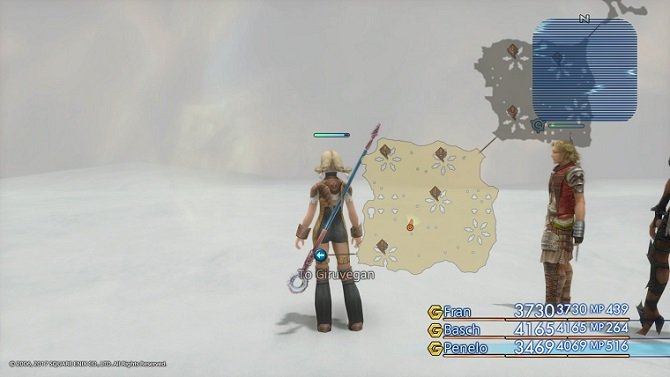
Lastly, there’s high-speed mode which allows players to vastly speed-up gameplay by tapping L1. This happens to be the only quality-of-life update that isn’t entirely new, as it was present in the international version. However, there were complaints that it was too difficult to control your active character at the time, so SE decided to split the high-speed mode into two forms: 2x and 4x. The former is ideal when you’re getting into fights that you can clear, but still might want to retain a bit of control over in the off chance things go south, whereas the latter is great for when you’re grinding or backtracking in trivial locations for quests. As a bonus, the extra speed has no impact on the BGM, so you don’t have to worry about the sound being impacted at all when using this feature. Just like with the map overlay, high-speed mode also has a flaw, but it’s more of a gripe than anything else: rather than going to the menu and switching between 2x and 4x, it would have been nice if you could adjust the speed on the fly, by maybe tapping L1 to activate 2x speed, double tapping it to activate 4x speed and holding it down for a second or two to revert the game back to normal speed.
With QoL additions covered, we can finally discuss the gameplay itself and there’s no better place to start than the most anticipated feature in the game: dual license boards. In the original Final Fantasy XII, every character shared the same license board, leading to a situation where every character (outside of various statistical differences) eventually became carbon copies of one another because they all had the same capabilities. Sure, you could have your mages wear traditional mystic armor, but why do that if they could easily equip plate armor and get significantly more survivability in exchange for a small amount of MP? SE rectified this mistake by introducing the job system in the international version by forcing the player to pick one of twelve jobs (each featuring their own unique license board) for each character and playing through the game as usual. This made it so that not only was each character unique (unless you gave multiple characters the same job), but players now had to be a lot more strategic in their use (again, you didn’t have mages loaded up on health and armor). Now, in TZA, SE has doubled down on that idea — literally — by giving characters double the license boards.
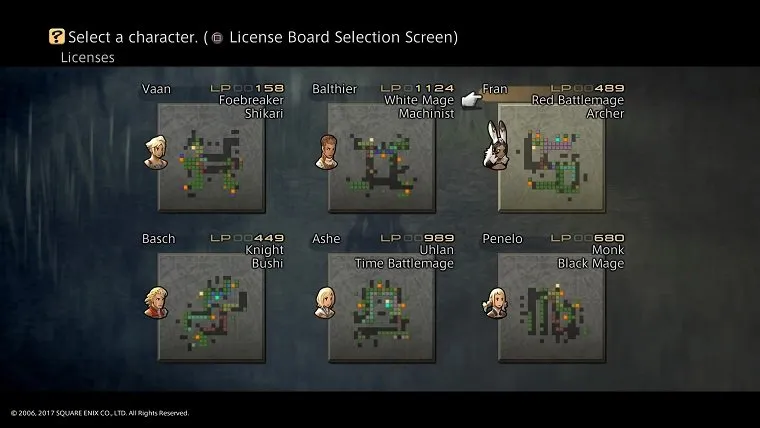
Players will have essentially have the same experience offered in the international version for the first part of the game, but this potentially changes once they reach a certain point in the story and gain the option to get a second job for each character. To be clear, this moment can actually be relatively insignificant as getting the second job license is entirely optional — thus making the rest of the game very much like IZJS. However, if they do choose to pick up the second job, then that is the moment when Final Fantasy XII The Zodiac Age truly comes into its own. What was once a mere 12 jobs in IZJS has now become a possible 66 job combinations in TZA. Each of these jobs are designed to be able to function fully on their own, so any combination you do will only serve to make your character more versatile. For example, a Black Mage/Knight will make a character who has the ability to cast high level black magick, wield any type of sword and wear heavy armor, while a Black Mage/Monk will make a character who can cast high level black and white magick while possessing an abnormal amount of health. That said, there are some combinations that are objectively better than others. Just to use the previous example, while a Black Mage does get more options when picking up Knight as a second class, said character can’t realistically do all of that at the same time and expect to do any one of them well. On the other hand, picking up a Monk as a second class gives the same Black Mage a ton of extra health and some high level white magick to use if the party finds themselves in a jam. The Black Mage gains survivability in both instances, but can use the strong points of a Monk to greater effect.
While on the subject of license boards, another major change The Zodiac Age brings for all audiences is Espers and how the two interact. In the original game, it didn’t matter who picked up an Esper. In fact, despite getting five in the story, you didn’t actually need any of them (outside of the first one to access a story-related dungeon). This might have been for the best at the time, however, since their stats scaled poorly and lacked the power to warrant temporarily losing access to two of your characters later in the game. Though this has changed somewhat since then, with them being both more powerful and directly controllable by players, the greatest change is that the new license grid requires players to be thoughtful when handing out Espers to their characters. Early on, you’ll notice that every job has “islands” of nodes which seem inaccessible at first. This is when Espers come into play: certain Espers allow each job to access those nodes which can either enhance their core functions or learn new abilities/equipment proficiencies which would usually be impossible to attain. The caveat here, of course, is that an Esper can only go to a single character and multiple characters may have something locked behind the same Esper, forcing players to make some difficult decisions about how they want their party to progress.
Interactions between the dual license boards and Espers is what helps give the game depth and will definitely need to be considered when players try to tackle content such as Trial Mode (a mode featuring 100 battles that progressively become more difficult the further you go). For example, there are two solid HP nodes for an Archer but it requires a specific Esper to unlock. However, there are some other jobs that allows the Archer to bypass the need for an Esper because it gains at least one of those nodes naturally. At that point, the player will want to figure out what those classes are and which among them will provide the greatest benefit for the character they’re trying to build. Puzzles like this are frequent in TZA, and what makes them so great is that they reward players who try to solve them, while not punishing players who don’t.
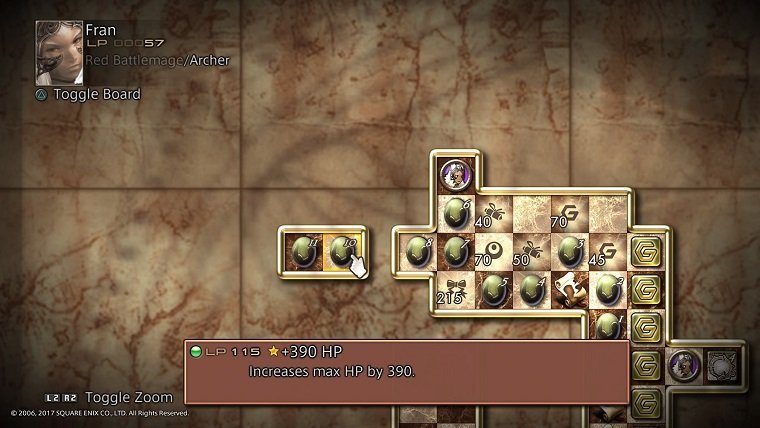
Though the nuances of the license board is the most significant gameplay change, there are two more important changes that players should take note of, the first being how MP works now. Originally, a character’s MP was directly linked to their Mist Gauge (three bars which appeared underneath a character’s MP on the UI): a single bar on the Mist Gauge was equivalent to their base amount of MP and actions that required the Mist Gauge, like summoning and Quickenings, were impossible if a character didn’t have enough MP. Now, the two are separated, resulting in two important differences from the original: first, characters have significantly increased MP growth, and a character can now summon or perform Quickenings regardless of how much MP they have. Amusingly enough, despite the two mechanics being separated, both can still be recovered in similar ways, making this change an overall positive for all your characters.
The final major change is that loot got a complete overhaul. In the original Final Fantasy XII, one of the ways players often “broke” the game was by accessing late-game locations and finding high-level equipment from treasure chests within, thus allowing their party to be far more powerful than they should be at that point in the game. Now, in TZA, this won’t happen to as large a degree. Many high-level equipment, such as the Zodiac Spear, has been removed from their original location and either moved to other locations in Ivalice or locked behind the Bazaar. While this means you won’t be able to break the game as easily anymore, in the case of the Zodiac Spear, this means you no longer have to worry about accidentally opening one of four chests anymore. Of course, not only has the locations of many end game equipment changed — essentially all the gear has. What each chest contains in essentially every zone has changed, but they typically contain better contents than before. As an added bonus, the chests all respawn after only moving one area away, while the enemies still respawn after moving two, making it considerably easier to farm for items.
Unfortunately magick and techniques has become a victim of this change. Initially, you could buy every single magick and technique from specific shops in each town/city you visit, but SE saw it fit to change that with the international version. Now, while most magick and techniques can be purchased from shops, some of the most important abilities in the game can only be found hidden in towns or dungeons (some of which are optional or late-game). By the time I finished the game, I was missing various magicks in every tree except for Green and that was only because those can be purchased at the Clan Provisioner in Rabanastre after completing a certain amount of hunts.
Beyond that, there are a plethora of gameplay changes since the original, such as new loot tables for preexisting enemies, new rewards for completing certain hunts or sidequests, preexisting items and equipment have been adjusted, various magick have been reclassified and there’s no queue when casting, no damage caps, two iterations of a new game+ and even a variety of new gear to collect that rival or even surpass some of the strongest weapons from the original.
The Verdict
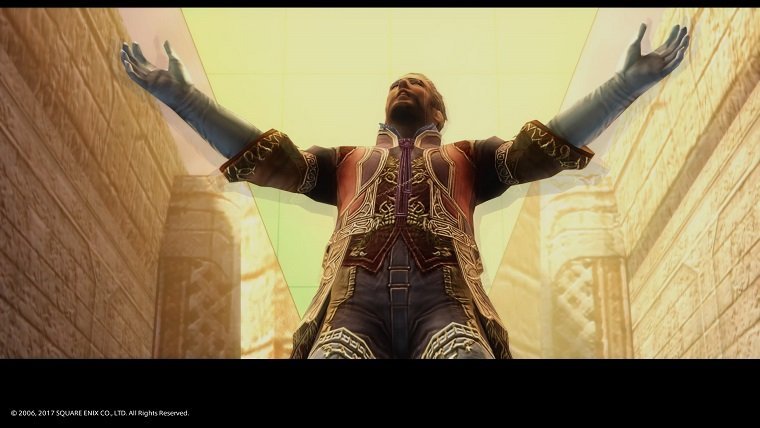
Final Fantasy XII The Zodiac Age is not a perfect game, but it’s pretty damn close. With all the things it did right, my only complaints by the end of the game was its overall lack of difficulty and the way magick was handled, but neither had a particularly significant impact on my experience. Square Enix managed to take a game that was already great and made it even better by bringing it to the PS4, and, quite frankly, this is the shining example of how remasters should be — improving the game in multiple aspects while keeping the core gameplay intact. As such, there will be plenty of fun for both veterans and newcomers alike: the former will be able to see how things have changed since they last played whichever version they’re familiar with, while the latter will be able to enjoy an enhanced version of one of the best Final Fantasy titles ever. Final Fantasy XII The Zodiac Age can most aptly be described as the modernization of a game which, in its day, was a modernization of the classic Final Fantasy formula; and now I’m looking forward to seeing how Square Enix applies that modernization to future titles in the series.


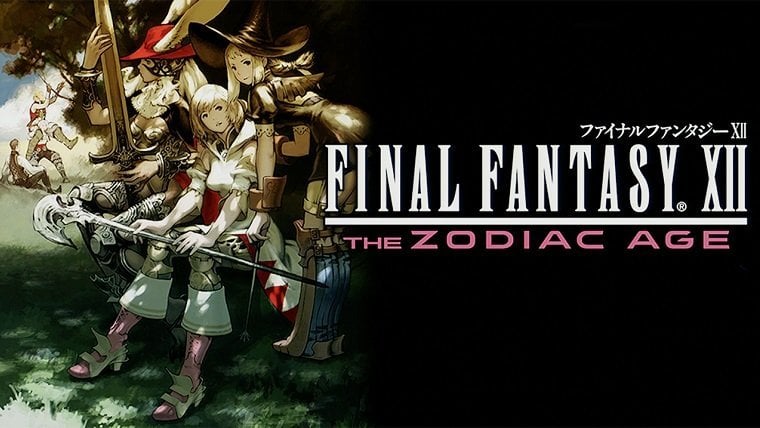








Published: Jul 10, 2017 07:00 am